Many people today are disconnected from their roots. When one team of researchers interviewed fourth-, fifth- and sixth-graders at an urban California school, they found that more than half of them didn’t know pickles were cucumbers, or that beets and peas were from plants.
But somewhere people are growing our food.
People are making that food available to other people through the supply chain, but today that greater food chain is vulnerable and fragile.
Here’s why:
In 2005, Monsanto grabbed over 40% of the U.S. seed market and 20% of the global seed market when it bought out Seminis, making them the largest seed company in the world. Then they supplied the genetics for 75% of the tomatoes, 85% of the peppers, and so on! (source)
It is far worse now.
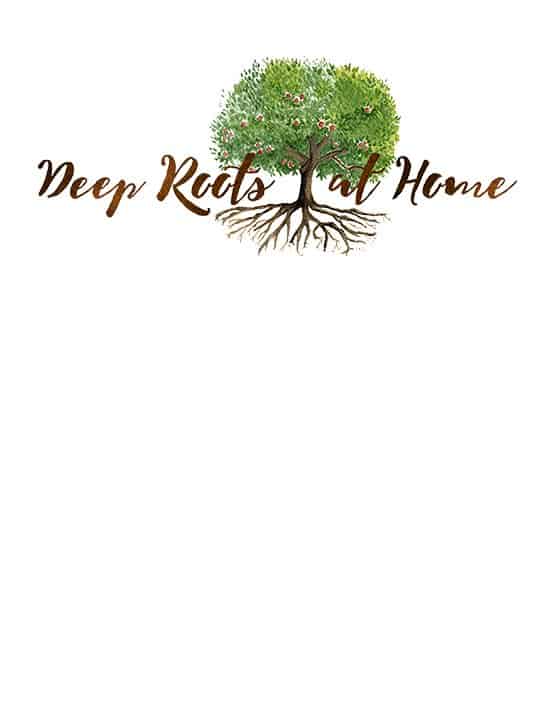
And Monsanto (now owned by Bayer) has been buying up every seed company they can ever since attempting to create a seed monopoly and control supply.
Here’s a list of excellent seed companies that are NOT affiliated with Monsanto.
Even as parts of the US experience seed shortages, the technocrats are now banning international sales of SEEDS on Amazon/Wish, due to the “dangerous Chinese Mystery Seeds” pretense. This scenario is likely being used to engineer food shortages ahead, in order to rewrite of our food system and change society.
Somehow we need to get back to the old ways and at least understand how to produce our own food to break dependence on these corrupt corporate giants.
My Book List For the Prepared Family
These are a few of our family’s “I may need these one day” books, gathered through the years, as I’ve contemplated getting prepared for the realities of life. I share my booklist with you in hopes that you will also consider getting back to some of the old ways. (What will folks do if the internet and food supply were disabled and we had to live off the land?).
Ball Complete Book of Home Preserving
Beyond Antibiotics: 50 Ways to Boost Immunity and Avoid Antibiotics with Dr. Lendon Smith
Be Your Own Doctor by Rachel Weaver
Saving Seeds: The Gardener’s Guide to Growing and Storing Vegetable and Flower Seeds
Nourishing Traditions: The Cookbook that Challenges Politically Correct Nutrition by Sally Fallon Morell
Root Cellaring: Natural Cold Storage of Fruits & Vegetables
How to Raise a Healthy Child in Spite of Your Doctor (the book I used in the 90s to doctor my own kids!)
Peterson’s Field Guide to Edible Wild Plants: Eastern and Central North America
Super Easy Soups and Stews: 100 Soups, Stews, Broths, Chilis, Chowders
Bread Baking for Beginners: The Essential Guide to Baking Kneaded Breads, No-Knead Breads
Peterson Field Guide to Medicinal Plants and Herbs of Eastern and Central North America
All New Square Foot Gardening – Grow Vegetables Anywhere by Mel Bartholomew
The Baker Creek Vegan Cookbook: Traditional Ways to Cook, Preserve, and Eat the Harvest Emilee and Gere Gettle
What the Bible Says About Healthy Living by Rex Russell, MD
American Wood Heat Cookery Margaret Adams
Carrots Love Tomatoes: Secrets of Companion Planting
The Holistic Orchard: Tree Fruits and Berries the Biological Way
Be Prepared: Can or Freeze In Season
Use the seasons to your advantage. Right now, the store’s produce section seems to have pretty much everything. Look for farmers markets in your area. Buy in bulk fruits and vegetables to can, freeze, or dehydrate. I recommend the canning book with clear cut instructions in the booklist above.
Is There a Coming Food Shortage? Some Things to Consider Now
Be Prepared: Grow Your Own Food
The best way to be prepared is to grow at least part of your own food – or have a detailed book to teach you. Ideally, we know how to grow and harvest our own food for survival. If you don’t have a summer garden, fall is the perfect time to start a cool weather garden depending on where you live.
Even if you live in an apartment, you may still be able to have a small container garden. If you aren’t sure where to start, check see What to Plant in June: Zones 1-10.
Know Wild Edible Plants in Your Area
One of the ways people stayed alive for generations was because they knew what they could and couldn’t eat in the wild. Even if you don’t have a green thumb or just don’t know where to start, there are food sources all around you.
The Joys of Foraging: Edible Wild Free Food For You To Enjoy
Prepare a little bit now – before the shortage. If you are new and not prepared, start stocking up on non-perishable items such as canned goods, rice, beans, canned meats, canned soups, canned tomatoes, spices, pasta, and other items your family will eat.
Save Seed
Seed-saving is a skill that we used to have as a country. We’ve lost it—and I think it’s time to start gaining some of it back.
Saving and sharing seeds and growing the foods we want to grow can help us reduce food insecurity. Saving/sharing seeds gives us an opportunity to rebuild our connection to the land and our communities and prioritize culturally appropriate foods.
My One-Stop Complete List To Be Prepared in an Uncertain World

“Forewarned, forearmed; to be prepared is half the victory.” ~Miguel de Cervantes
“In the world you will have tribulation. But take heart; I have overcome the world.”
~Jesus speaking in John 16:33
***For the Full Spike Protein Protocol (including NAC) to protect from transmission from the “V” and to help those who took the “V”, go here.
Deep Roots At Home now has a PODCAST! We are covering everything from vaccines, parenting topics, alternative medicine. Head over today and like, share and download a few episodes! https://buff.ly/3KmTZZd
I’m still on FB but shadow-banned hard… If you want to stay connected, here is one way…
Censorship is real. My Pinterest account was just suspended; surprisingly, part of my main board is still available through this link, and it scrolls down a long way so all is not lost! BEWARE of the promotional ads in there! They are not placed by me. Pinterest now sells space in boards for these ads, and Temu is a scam. Do not click on them!
You can also find me on Instagram, MeWe, and Telegram.
And please join me for my FREE newsletter. Click here.
©2024 Deep Roots at Home • All Rights Reserved
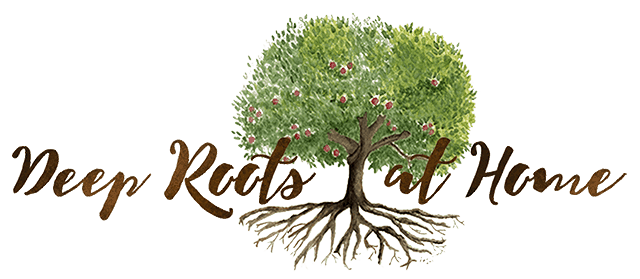

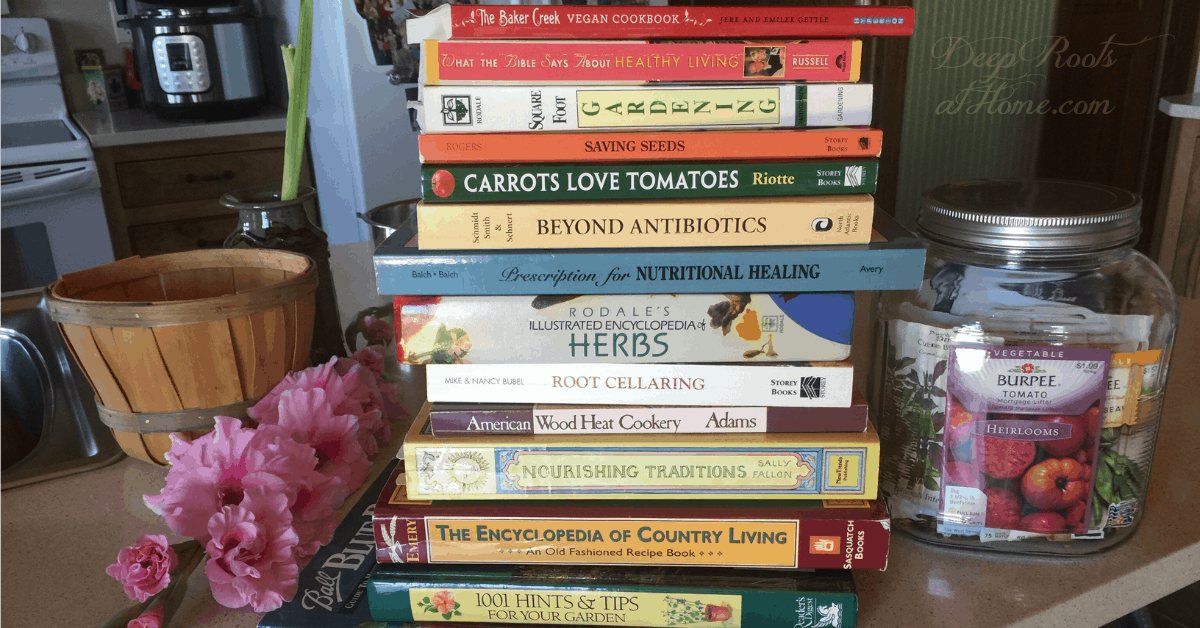
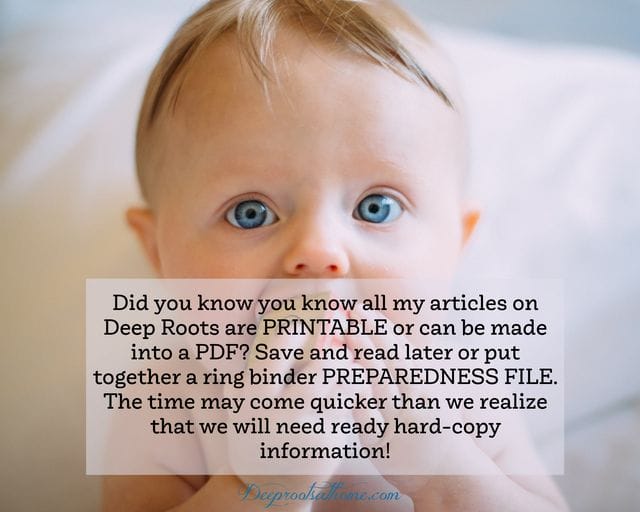

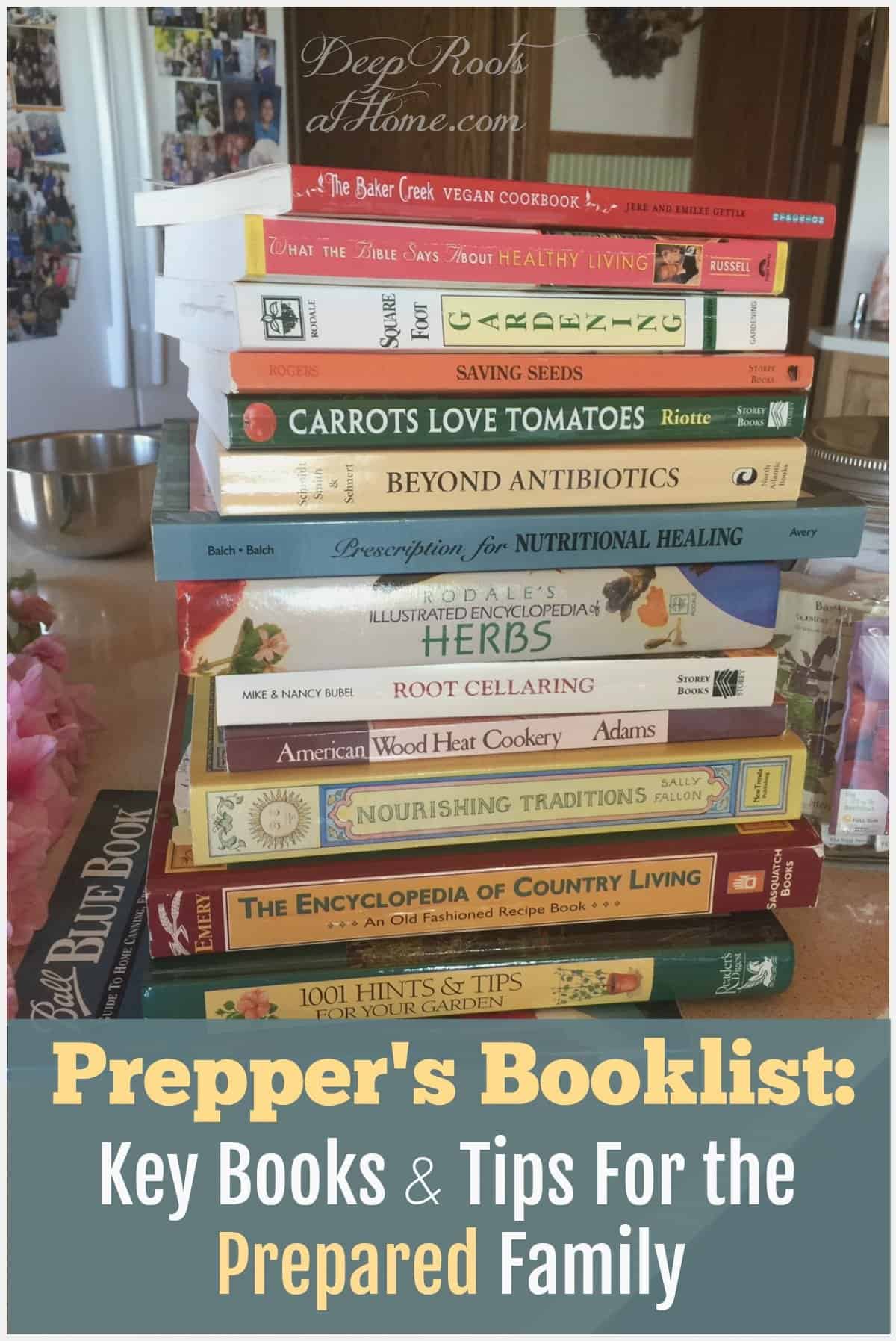

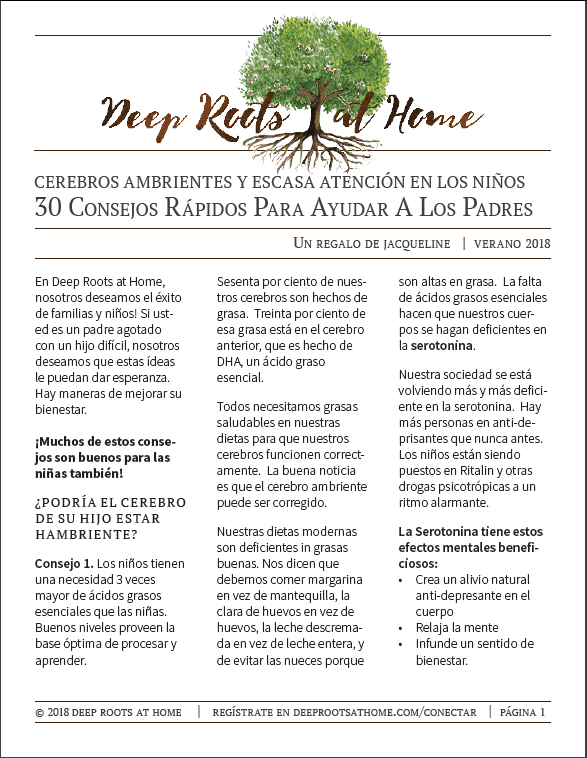

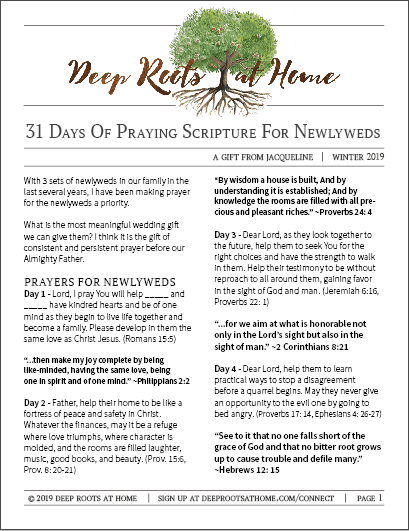
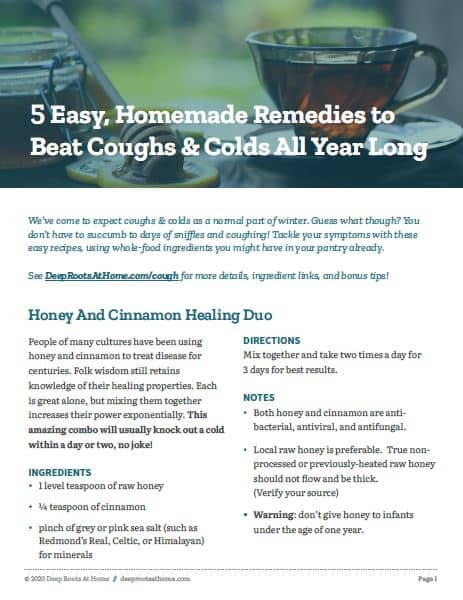
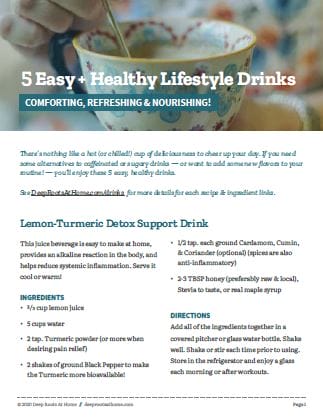
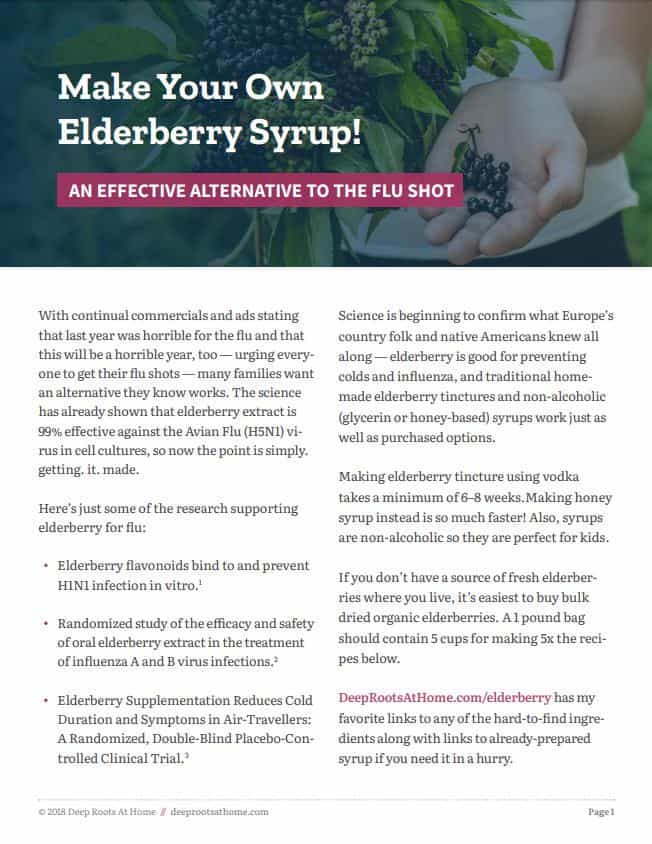
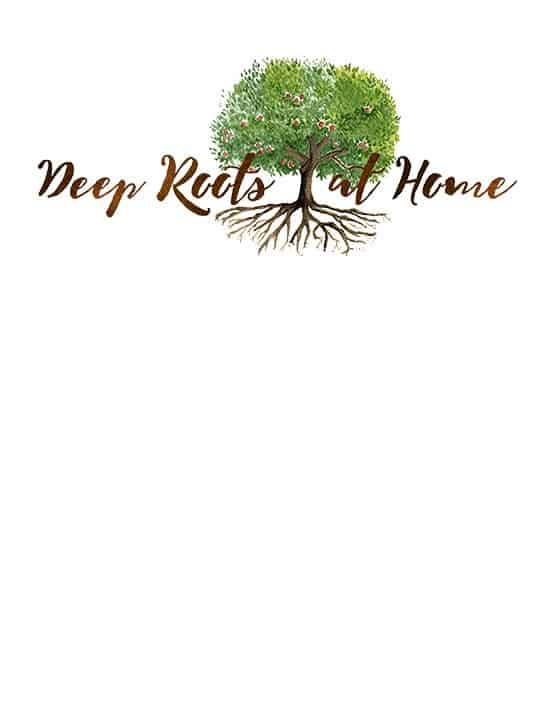
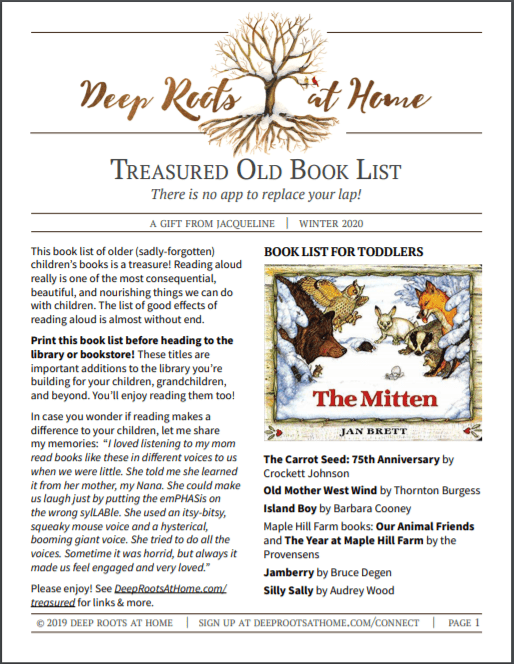
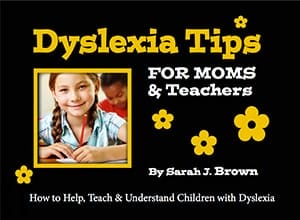
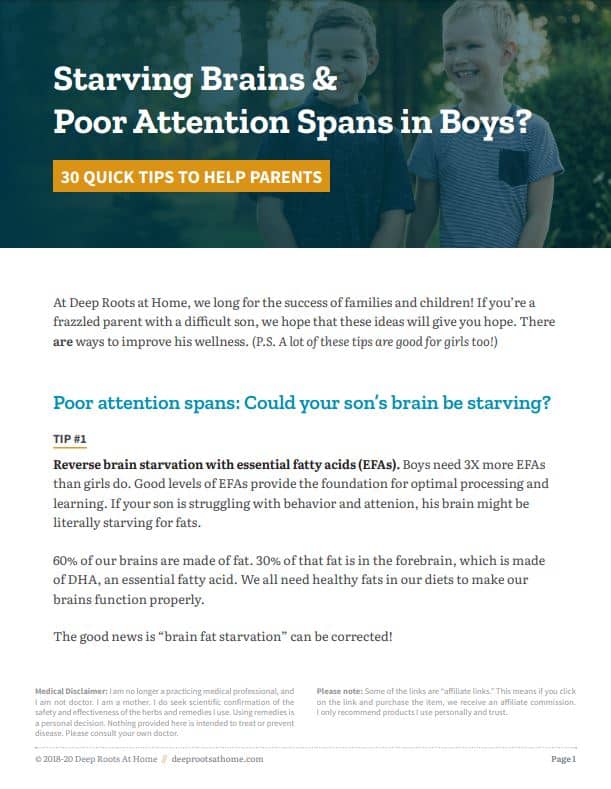
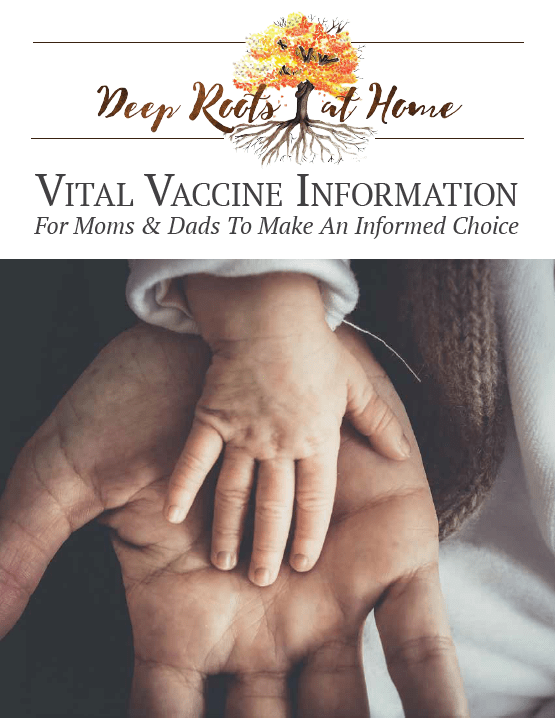
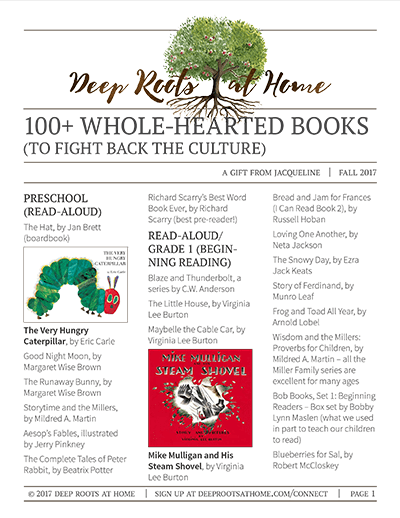
Related